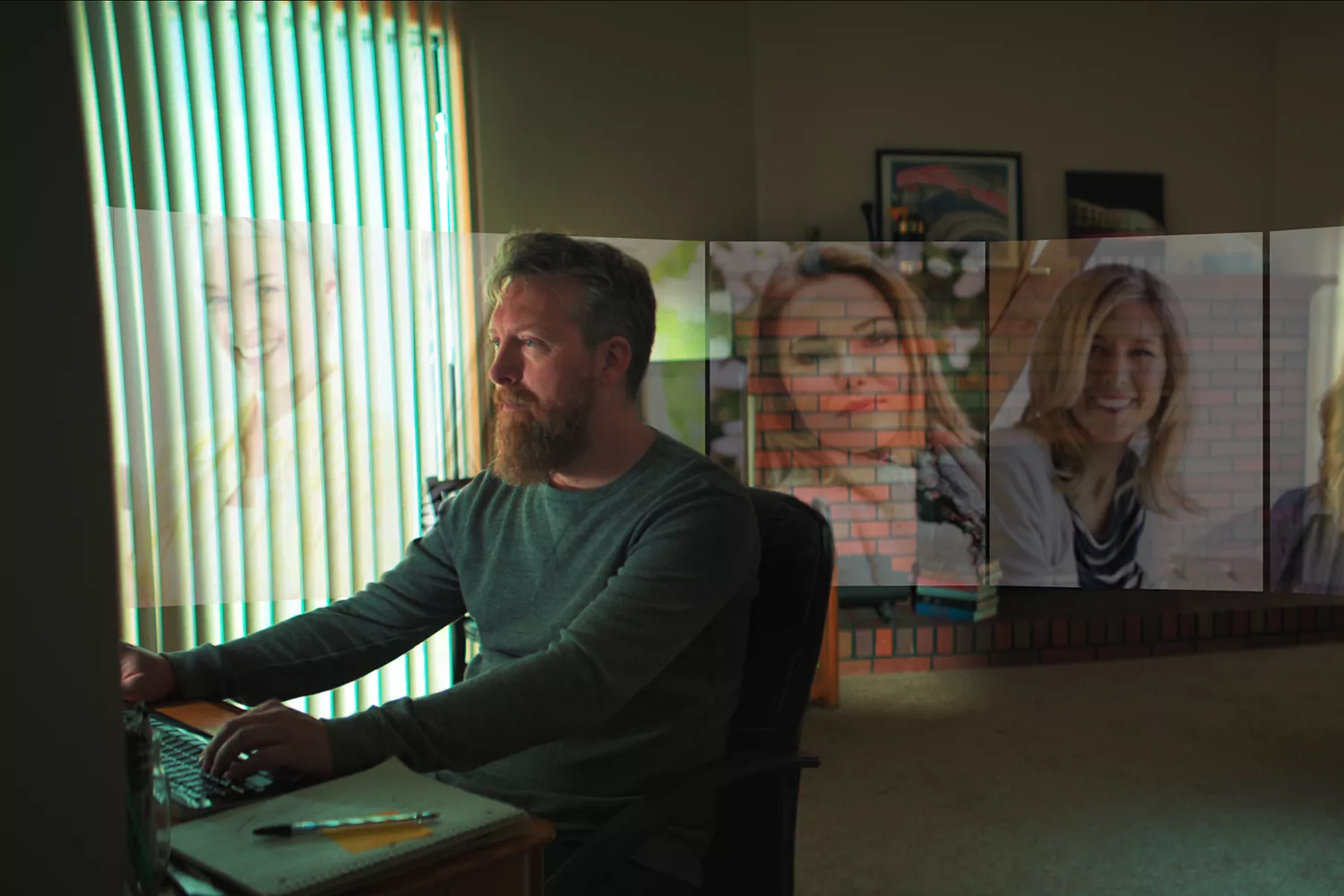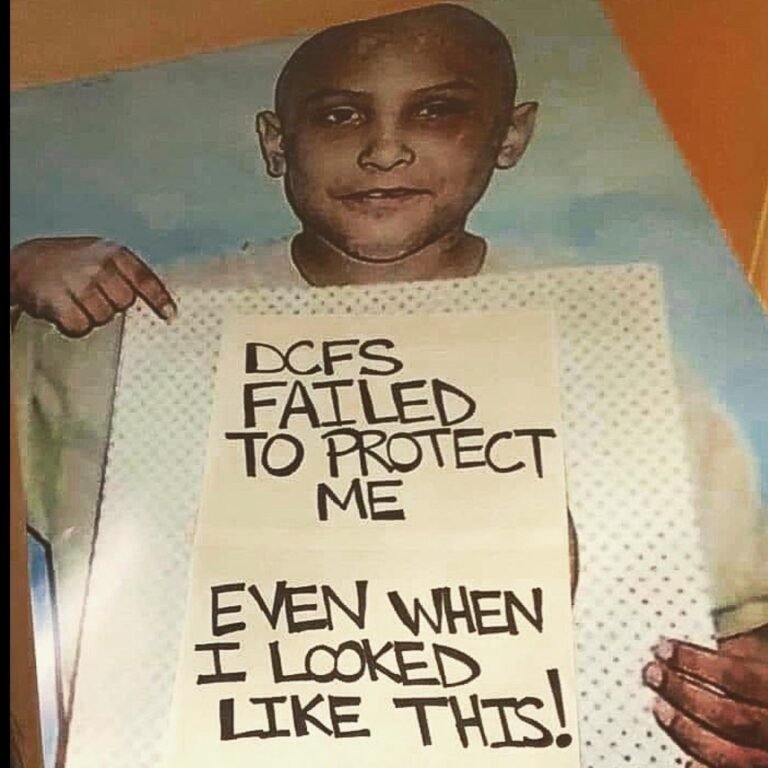Liz Golyar The Predator Of Obsession, Deception, and Darkness
In the vast landscape of true crime documentaries, certain stories lodge themselves deep in the viewer’s psyche, not just for the shock of the crime, but for the terrifying glimpse they offer into the complexities of human deception. Few cases encapsulate this duality like that of Liz Golyar, a Nebraska woman whose twisted tale of obsession, cyberstalking, and murder has become a cornerstone. Documented by Netflix in “Lover, Stalker, Killer”, Golyar’s crimes reveal a chilling intersection of love, jealousy, and digital manipulation of the dating world.
The name Liz Golyar sends a shiver down the spines of those familiar with one of the most chilling cases in recent true crime history. It’s a name inextricably linked to betrayal, obsession, and a horrific act of violence that continues to fascinate and disturb in equal measure. While the details of the case are readily available, understanding the enduring impact of Liz Golyar’s story requires a deeper dive into the psychological underpinnings, the societal fascination with such dark narratives, and the aftermath that continues to unfold.
This isn’t just a recounting of events; it’s an exploration of the insidious nature of deception and the unsettling realities it exposes within the seemingly ordinary. It’s the calculated, years-long campaign orchestrated by Liz Golyar that elevates this story from a tragic love triangle gone wrong to a truly unprecedented case of stalking and impersonation.

Who Was Liz Golyar?
Before true crime cameras turned her into a notorious figure, Liz Golyar lived an unremarkable life in Omaha, Nebraska. A single mother working in IT, she appeared to be a community fixture, friendly, unassuming, and devoted to her children. But beneath this veneer lurked a volatility fueled by insecurity and obsession.
Golyar’s descent began in 2012 when she met Dave Kroupa, a mechanic navigating a recent divorce. Their casual relationship quickly grew intense, with Golyar interpreting their fling as a lifelong commitment. When Kroupa began dating Cari Farver, a vibrant project manager, Golyar’s jealousy metastasized into something far darker.
The Spark: Online Dating and a Fateful Connection
The story, as told in “Lover, Stalker, Killer,” begins innocently enough. In 2012, Dave Kroupa, recently single and navigating the world of online dating, was looking for casual connections. He met Liz Golyar, a single mother, through a dating site. Their connection was tangible, but Kroupa was clear about not wanting commitment. Shortly thereafter, he met Cari Farver on the same platform. Farver, also a single mother, clicked with Kroupa instantly.
For a brief period, Kroupa navigated casual relationships with both women. He was upfront about his intentions, and initially, things seemed manageable. Golyar and Farver even had a fleeting, awkward encounter when Farver left Kroupa’s apartment one morning, passing Golyar on her way in. This seemingly insignificant moment would later become a crucial, chilling detail. It was perhaps the only time Liz Golyar and Cari Farver were physically in the same space.
When Texts Turn Terrifying and A Love Triangle Turns Deadly
Everything changed abruptly just weeks after Kroupa began seeing Farver. Following a date in November 2012, Cari Farver seemingly vanished from Kroupa’s life physically, but digitally, she became an inescapable tormentor. Kroupa began receiving a relentless flood of text messages and emails, purportedly from Cari. These weren’t heartbroken messages; they were volatile, demanding, and increasingly threatening. Messages like “I see you,” “I’m watching you,” and threats against Kroupa and even Liz Golyar, painted Cari as obsessive and dangerous.
For years Kroupa lived under this digital siege. The messages numbered in the tens of thousands. They came at all hours, referencing his location, his activities, and the people he was with, particularly Golyar. Naturally, Kroupa turned to the police, but the elusive nature of digital harassment made it difficult. How do you stop someone you can’t physically locate, someone whose messages appear to come from various locations?
During this harrowing period, Liz Golyar was Kroupa’s steadfast presence. She, too, claimed to be receiving vicious messages from “Cari.” She appeared to be a fellow victim, sharing in Kroupa’s fear and paranoia. They bonded over this shared trauma. Golyar’s house was even set ablaze in August 2013, an incident she blamed on the relentless “Cari.” Her pets perished in the fire, deepening the perception of her victimhood and escalating the fear surrounding the supposed stalker. Liz Golyar played the role of the terrified, supportive partner perfectly.
The Disappearance of Cari Farver
In November 2012, Cari Farver vanished. To friends and family, her sudden silence was jarring—until texts and social media posts from her accounts suggested she’d abruptly left town. But the messages felt off. They were laced with uncharacteristic venom, targeting Kroupa, his ex-partner, and even Farver’s own son.
Unbeknownst to investigators, Liz Golyar had already begun a years-long campaign of terror. She masqueraded as Farver online, weaponizing fake texts, emails, and social media to gaslight Kroupa into believing Farver was unhinged. Meanwhile, Golyar inserted herself into Kroupa’s life as a “supportive” confidante, all while orchestrating a digital charade that kept authorities chasing shadows.
Liz Golyar: The Architect of Deception
“Lover, Stalker, Killer” meticulously peels back the layers of this performance. While Kroupa and law enforcement initially believed Cari Farver was a woman scorned and spiraling, Liz Golyar was methodically constructing an elaborate illusion. The documentary highlights the sheer audacity and complexity of her actions:
- The Impersonation: Golyar wasn’t just sending harassing texts; she was living a digital double life as Cari Farver for over three years. She maintained Cari’s Facebook profile, sent emails to Cari’s workplace, and texted Cari’s family members (including her teenage son), making them believe Cari had simply run off due to mental health issues but was still alive. This level of sustained impersonation is staggering.
- The Manipulation: Golyar expertly manipulated Kroupa’s perception. By positioning herself as a co-victim, she gained his trust and embedded herself deeper into his life. Every threat “Cari” made against Liz only served to reinforce Liz’s apparent innocence and solidify Dave’s reliance on her.
- The Escalation: The arson at Golyar’s home, initially seen as proof of Cari’s dangerousness, was later revealed to be an act committed by Golyar herself – a desperate, violent measure to further implicate the phantom “Cari” and solidify her own victim status.
- Digital Gaslighting: Golyar used technology not just to harass, but to gaslight everyone involved. She created fake email accounts and used masking apps to make it seem like the messages were coming from various locations, sometimes even near where Kroupa was, reinforcing the illusion of being watched.
The documentary uses interviews with Kroupa, investigators, and Cari’s mother, Nancy Raney, alongside dramatic reenactments and visualizations of the digital messages, to convey the suffocating reality of living under Golyar’s fabricated siege. It showcases Liz Golyar not merely as a killer, but as a master manipulator capable of extraordinary long-term deception.
The Digital Mirage: How Technology Fueled a Killer’s Game
Golyar’s scheme was alarmingly sophisticated. For nearly four years, she impersonated Farver across platforms, using VPNs and burner phones to evade detection. She even hacked into Farver’s Netflix and banking accounts, creating an illusion that Farver was alive and vindictive.
The ruse unraveled in 2016 after a suspicious fire at Golyar’s home. Investigators discovered a trove of evidence: Farver’s blood in Golyar’s car, a gun linked to the murder, and a handwritten “kill list” targeting Kroupa’s loved ones. Most damning? Forensic analysis proved Golyar had sent thousands of messages to herself—a digital paper trail exposing her as the architect of Farver’s “posthumous” harassment.
The Breakthrough: Unmasking the Predator
The turning point came years later, thanks to the tireless efforts of Pottawattamie County Sheriff’s Office investigators Ryan Avis and Jim Doty. They inherited the cold case files and approached them with fresh eyes. A key moment, detailed in the documentary, was the realization that despite thousands of messages, “Cari” never physically reappeared. No one had actually seen Cari Farver since November 2012.
The investigators, particularly digital forensics expert Special Deputy Matt Klocker, began meticulously analyzing the digital footprint. They noticed inconsistencies. Why would Cari, who deeply loved her son, abandon him? Why were messages supposedly from Cari often pinging cell towers near Liz Golyar’s location?
A crucial discovery involved data recovered from Liz Golyar’s old tablet. Photos found on the device included images of Cari Farver’s car and, chillingly, what appeared to be a deceased human foot with a distinctive tattoo identical to Cari Farver’s. Furthermore, investigators found evidence that Golyar had set up numerous fake email addresses and phone numbers linked to the harassment campaign. Software used to schedule messages years in advance was potentially employed, explaining the relentless barrage even when Golyar might have been otherwise occupied.
The final pieces clicked into place. The investigators theorized that Liz Golyar had murdered Cari Farver shortly after that fateful encounter at Kroupa’s apartment in November 2012. The subsequent three-plus years of harassment were an elaborate, calculated effort by Golyar to make everyone believe Cari was alive, dangerous, and responsible for the torment, thereby diverting suspicion from herself.
The Horrifying Truth and Justice Served
The investigation concluded that Liz Golyar stabbed Cari Farver to death in her vehicle on or around November 13, 2012, likely motivated by jealousy and obsession over Dave Kroupa. She then disposed of Cari’s body (which has tragically never been found) and immediately began the sophisticated impersonation campaign.
In December 2016, Liz Golyar was arrested. The evidence against her was overwhelming:
- Fingerprints belonging to Golyar were found on a mint container recovered from Cari Farver’s vehicle.
- Bloodstains consistent with Cari Farver’s DNA were found on the passenger seat fabric of Cari’s own SUV, which Golyar had attempted to wipe clean.
- The incriminating photos on her tablet.
- Extensive digital evidence linking Golyar to the fake accounts, harassing messages, and Cari’s online activity post-disappearance.
- Testimony regarding her behavior and the arson incident.
In 2017, Liz Golyar was tried and found guilty of first-degree murder in the death of Cari Farver. She was also convicted of second-degree arson for the fire at her own home. In 2018, she received her sentence: life in prison without the possibility of parole for the murder charge, plus a consecutive sentence of 18-20 years for the arson.
Where is Liz Golyar Now? Life Beyond the Documentary
Following her conviction and sentencing, Liz Golyar (who now sometimes goes by Shanna Golyar) is serving her life sentence at the Nebraska Correctional Center for Women. Life without parole means exactly that – barring any successful appeals (none have overturned her conviction to date), she will spend the rest of her natural life incarcerated.
She has largely remained out of the public eye since her conviction, but the release of “Lover, Stalker, Killer” thrust her name and her shocking crimes back into the spotlight. The documentary serves as a stark reminder of the devastating consequences of her actions. While Golyar maintains her physical silence behind bars, the digital ghost she created continues to haunt the narrative of modern true crime.
Through The Lens of Real World Crime: You Could Be The Victim Too!
Lover, Stalker, Killer Documentary frame Golyar’s case as a cautionary tale of technology’s dark potential. Golyar’s ability to manipulate perceptions through digital tools. Her dual identity as both predator and victim. How detectives pieced together a case with no body and a mountain of digital red herrings.
By interweaving interviews with Kroupa, law enforcement, and digital forensics experts, the shows paint Golyar not as a mastermind, but as a desperate individual whose insecurities led to self-destruction. The story taps into contemporary fears surrounding online dating and the fragility of digital identity. Golyar’s ability to convincingly mimic Cari Farver online for years is perhaps the most chilling aspect, blurring the lines between the real and the virtual.
For years, the lack of physical evidence or sightings of Cari made it hard for law enforcement to act decisively, showcasing the challenges of investigating crimes where the perpetrator hides behind screens. Every email, text, and location ping became evidence. It shows how our online lives leave indelible trails. At its core, the case is a terrifying study of obsessive jealousy and the lengths one person will go to control a narrative and eliminate a perceived rival.










